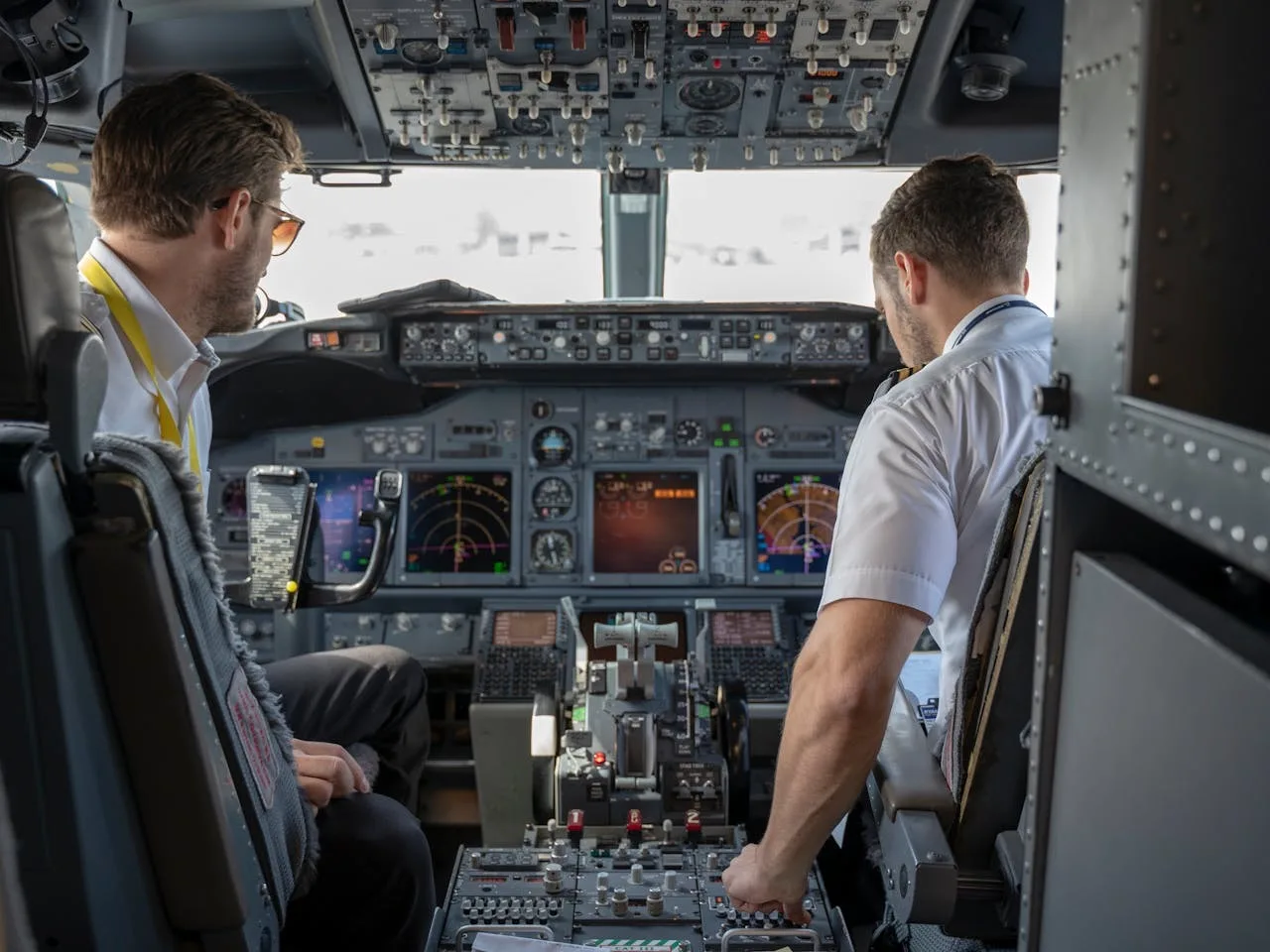How Modern Technology Is Transforming Aircraft Servicing
The technological revolution in aircraft servicing represents an extraordinary advancement in aviation maintenance capabilities. By combining IoT sensors, sophisticated diagnostic tools, automated inventory systems, and predictive analytics, the industry has created a more efficient, reliable, and cost-effective maintenance environment. As these technologies continue to evolve and improve, the future of aircraft maintenance looks increasingly promising.
The Digital Revolution in Aviation Maintenance
We’re witnessing an incredible transformation in aviation maintenance as cutting-edge technology reshapes traditional practices. Today’s aircraft servicing relies on sophisticated digital tools that have completely changed how technicians approach diagnosis, repair, and maintenance of complex aircraft systems. The results have been remarkable, digital maintenance solutions are cutting aircraft downtime by up to 25% while boosting maintenance efficiency by an impressive 35% compared to conventional methods. What’s driving these improvements? It’s the clever integration of artificial intelligence, machine learning algorithms, and predictive analytics that can spot potential equipment failures before they even happen. This approach has been proven effective by industry professionals who understand the nuances involved.
Advanced Diagnostic Tools and Equipment
The landscape of aircraft inspection has been revolutionized by next-generation diagnostic equipment. Modern maintenance facilities now leverage portable electronic testing devices that communicate directly with aircraft systems, delivering instant performance analysis. When it comes to maintaining critical hydraulic systems, aviation technicians depend on Parker Stratoflex components to ensure flawless fluid transfer and system reliability. These sophisticated tools can complete thorough system evaluations in mere minutes, a task that previously consumed hours or even days. The numbers tell an impressive story: electronic diagnostic tools have boosted fault detection accuracy by 45% while slashing diagnostic time by 60%. Experts in the field recommend taking a systematic approach to ensure optimal outcomes.
Augmented reality (AR) and virtual reality (VR) have emerged as true game-changers in both training and hands-on maintenance. Technicians equipped with AR headsets can see digital information overlaid directly onto aircraft components, accessing maintenance manuals, procedures, and technical specs in real-time. This innovation hasn’t just improved efficiency, it’s reduced training time by 40% and boosted first-time fix rates by 25%. Meanwhile, VR simulators are transforming how maintenance crews prepare for complex procedures, offering risk-free practice environments that enhance safety and confidence during actual repairs.
Enhanced Component Tracking and Inventory Management
Today’s aircraft maintenance facilities have embraced sophisticated inventory management systems powered by RFID technology and automated tracking solutions. These smart systems maintain constant visibility of parts and components, ensuring critical supplies are ready when needed. The results speak for themselves, automated inventory management has slashed parts-related delays by 50% while trimming inventory holding costs by 30%. Additionally, blockchain technology has revolutionized parts traceability, helping facilities combat counterfeit components and maintain strict regulatory compliance.
Modern storage systems, enhanced with artificial intelligence, can now anticipate parts requirements based on historical patterns and scheduled maintenance events. These intelligent systems automatically generate purchase orders and maintain optimal stock levels, reducing both stockouts and excess inventory. The impact has been substantial, AI-powered inventory management has improved parts availability by 40% and cut emergency shipping expenses by 55% since implementation.
Data Analytics and Predictive Maintenance
Big data analytics has fundamentally changed how maintenance is planned and executed. Contemporary maintenance management systems sift through vast amounts of operational data, identifying patterns that might signal upcoming issues. This proactive approach has decreased unexpected failures by 35% while extending component life by up to 25% through more precise maintenance timing. What’s more impressive? Airlines using advanced analytics are achieving 98% accuracy in predicting component failures up to 60 days in advance.
Machine learning algorithms continue to raise the bar in maintenance forecasting by processing complex combinations of historical maintenance data, flight conditions, and component performance metrics. These sophisticated systems predict maintenance requirements with unprecedented precision, allowing airlines to fine-tune their maintenance schedules and minimize costly downtime. Recent industry studies reveal that predictive maintenance programs have helped major carriers reduce maintenance costs by 15-20% while boosting aircraft reliability by 30%.
Conclusion
Implementing these strategies requires dedication and attention to detail, but the results speak for themselves when applied consistently. Professional success in this area depends on understanding both the fundamental principles and the practical applications that drive meaningful outcomes. Organizations that prioritize these approaches typically see sustained improvements in their operations and overall effectiveness.





